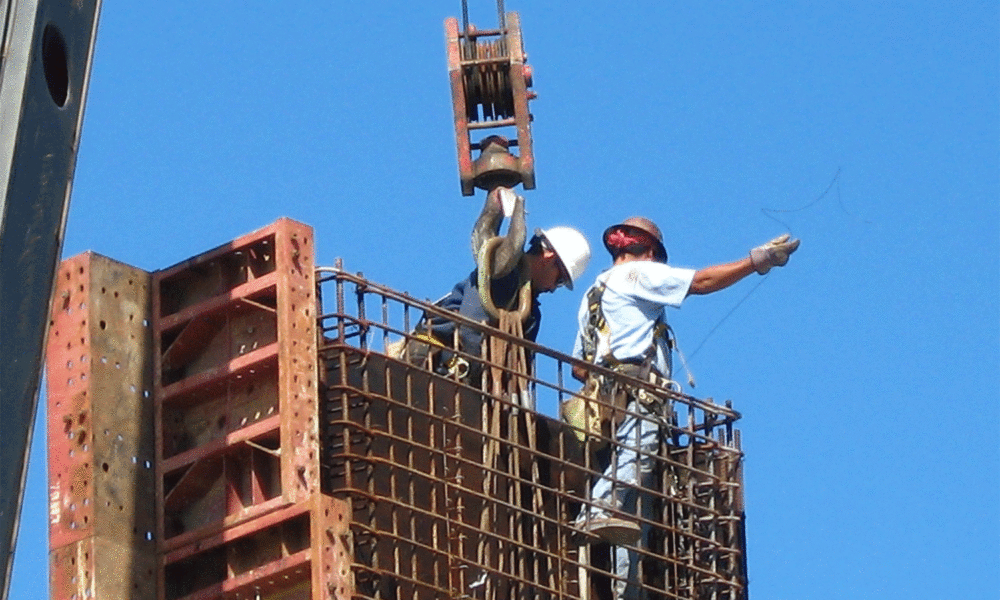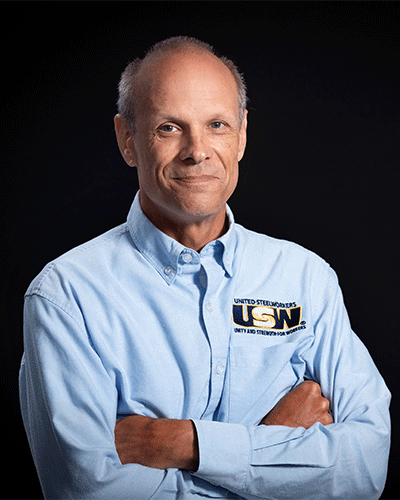While working in a sweltering Iowa tire and rubber plant, mixing batches of rubber to about 350 degrees, I relied on rest breaks, ample supplies of water and a ventilation jet, blowing directly from overhead, to control my exposure to heat.
That job gave me a firsthand look at the danger of heat stress and the essential role that labor unions play in ensuring workers return home safely to their families each day.
No one knows the hazards of a job better than the people who face them on every shift. Unions like the United Steelworkers (USW) give workers a voice at the bargaining table, on the production floor and in state- and federal-level battles over standards regulating occupational health, safety and environment.
A growing need for unions in absence of government protections
Just as the USW fought for the measures that protected me from heat stress and numerous other hazards at the tire and rubber plant, the union today zealously advocates for 850,000 members who work in diverse indoor and outdoor settings. These include construction sites, mines, energy and utility locations, oil refineries, chemical and converter plants, public sector workplaces, and metals, glass, rubber and paper mills.
With the growing threat of climate change, unions have an ever more important role in safeguarding workers from extreme temperatures, which can lead to cramps, dizziness, rapid heartbeat, dehydration, cognitive impairment, muscle breakdown and even death.
The U.S. Occupational Safety and Health Administration (OSHA)—the federal agency overseeing workplace safety—currently has no standard specifying measures employers must implement to prevent heat-related illness or death. And because numerous states also lack standards, workers need unions to protect them.
The USW helps members negotiate strong health and safety provisions, including those pertaining to heat stress, into their contracts. The union enforces those measures on a daily basis and ensures workers have the freedom to report hazardous conditions without fear of retaliation.
Every USW-represented workplace utilizes the “hierarchy of controls” to protect workers. That means eliminating as many threats as possible, substituting safer practices for hazardous ones, addressing other risks through engineering and administrative controls, and providing workers with personal protective equipment.
USW contracts at plants, mills and foundries, for example, often require engineering controls such as heat-absorbing shields, insulation of hot surfaces and ventilation systems that protect workers from airborne exposures and inhalation risks as well as searing temperatures.
In high-heat environments—outside or indoors—more workers than usual may be needed to complete a task. Workers also need breaks for cooling down, ready access to water and electrolytes, and personal protective equipment including cooling vests, sunscreen and temperature monitors.
Safety committees—like the one I served on at the tire and rubber plant many years ago—monitor conditions, involve workers and address concerns.
In addition to protective measures and controls specified by contract, the USW collaborates with employers to implement other safeguards as needed.
Worker-led solutions
Often, ideas originate with workers on the production floor. At a USW member’s suggestion, for example, one steel manufacturer installed a giant thermometer that turns red when the temperature hits 80 degrees, providing a highly visible reminder of the need to exercise extreme caution and implement additional controls.
Because of advocacy by the USW and other unions over the years, many states and the federal government have adopted occupational standards that uniformly and consistently protect workers from various kinds of injuries as well as inhalation risks and infectious diseases.
Today, the USW and other labor groups are fighting for similar standards addressing heat stress because all workers in the United States need effective, baseline protections against this risk. In June, I provided testimony urging officials in Virginia to follow through on plans for their own standard, saying the state shouldn’t wait for federal OSHA to lead the way or simply rely on employers to do the right thing.
Since my first day at the tire and rubber plant, I’ve admired the dedication, grit and skill that U.S. workers bring to their jobs. They rise to every challenge and look out for one another. Unions like mine are proud to have their backs and help protect them from all hazards in all seasons.

